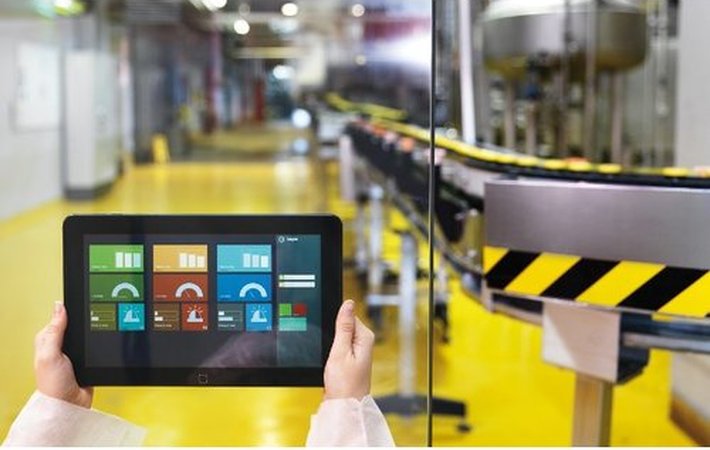
Published on 05/14/2017 | Strategy
The human brain is a wonderful thing that works tirelessly from the day we are born until the day we die, only stopping on special occasions, like when presenting in front of large audiences. We’ve been studying the brain for many centuries, but we still know relatively little about the trillions of connections that make it work. Creating a road map of the brain is a bit like trying to map out the Industrial Internet of Things (IIoT). IIoT is a concept that has intrigued industry for several years now, but much like the human brain, is not yet fully understood.
To gain a better understanding of the IIoT universe, we need to look at specifics. We need to understand how hardware and software, communication protocols and the human connection come together to support a stable and flexible interaction that enhances production, control and efficiency in industrial environments.
Machines to Machines
Every time you form a new memory, new connections are created in the brain, making the system even more complex than before. Similarly, IIoT relies on many-to-many applications or groups of nodes to accomplish a single task. The plural of “machine” is important when discussing IIoT because it highlights the complexity of the system.
For example, on a sandwich biscuit production line, the biscuit sandwiching machine at the heart of the line should be able to communicate with the previous elements of the process, as well as the ones that come after it. The mixing, cutting and baking machines at the very start of the production process should also be able to “speak” to the conveyers, the pile packing sandwich machine, the cream feed system, lane multiplication and packaging machines. This level of communication allows the production line to be more flexible and cater for a wider range of biscuit varieties.
Regardless of whether we’re talking about biscuits, automotive manufacturing or even smart grids, IIoT has communication requirements that go beyond the standard client/server needs and conventional thinking.
Instead, the nodes act as peers in a network, each making decisions and reporting to other nodes.
Besides performing core tasks, the production system is also connected to an enterprise level that can automatically issue alarms, collect and analyse data and even make predictions or recommendations based on this analysis.
A Common Language
IIoT will only work if it uses a compatible language across systems and industries. To help achieve this objective, industry giants AT&T, Cisco, General Electric, IBM and Intel founded the Industrial Internet Consortium in 2014. The Consortium aims to accelerate the development and adoption of interconnected machines and intelligent analytics.
As IIoT cuts across all industry sectors, from manufacturing to energy, common standards, harmonised interfaces and languages are crucial for successful implementation of the concept. The consortium hopes to lower the entry barriers to IIoT by creating a favourable ecosystem that promotes collaboration and innovation. The next step is to facilitate interoperability and open standards, allowing machines or systems from different original equipment manufacturers (OEMs) to communicate with each other and with control systems.
The Old and the New
Perhaps one of the biggest challenges when it comes to implementing IIoT on a larger scale comes from integrating legacy systems with the latest generation of smart factory equipment.
Learning new things changes the structure of the brain and similarly, in manufacturing, implementing new automation equipment usually results in changes across the entire system. The solution is to use standards-based protocol gateways to integrate legacy systems in brownfield environments. This allows organisations to free data from proprietary constraints and use it for real-time and historical data collection and analysis.
There is as much risk in sticking to a single vendor based on current install base as there is to accepting these new concepts with multiple new vendors and interoperability between intelligent devices. Their concept is something that we have experienced greatly within the energy and infrastructure sector and the concepts behind IEC61850 and interoperability.
Much like the human brain, the Industrial Internet of Things is always changing and there are still a lot of questions to be answered before we fully understand its requirements, implementation and potential. Luckily, these conversations are taking place and new ideas are put into practice every day. The next step is to figure out an easy way of practically implementing IIoT innovations in manufacturing environments across the world.
This article was originally published on LinkedIn.